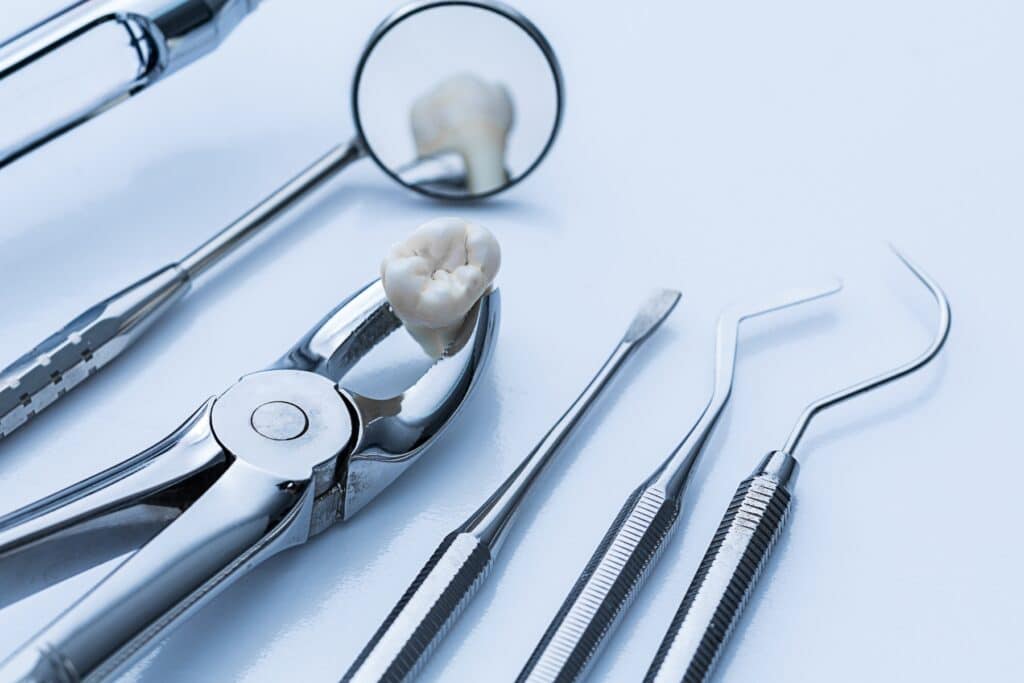A Complete Guide to Dental Amalgam Disposal: Best Practices and Regulations

Dental amalgam waste disposal is a critical aspect of dental practice that requires careful attention to prevent environmental contamination and ensure regulatory compliance. This blog post will provide a comprehensive guide to disposal, covering best practices and regulatory requirements.
Understanding Dental Amalgam Waste:
Dental amalgam waste disposal is a critical aspect of dental practice that requires careful attention to prevent environmental contamination and ensure regulatory compliance. This blog post will provide a comprehensive guide to disposal, covering best practices and regulatory requirements.
Regulatory Requirements for Dental Amalgam Disposal:
Dental practices must adhere to specific regulations set by organizations such as the Environmental Protection Agency (EPA). These regulations may include using amalgam separators and proper collection methods to prevent the release of amalgam particles into the wastewater. Understanding and following these requirements is crucial for maintaining compliance and protecting the environment.
Best Practices for Dental Amalgam Disposal:
Implementing best practices for dental amalgam waste management is essential for minimizing environmental risks. These practices may include installing amalgam separators in office plumbing, using chairside traps to collect amalgam waste, and proper storage and packaging techniques. In addition, collaborating with licensed waste disposal providers ensures that the waste is handled and disposed of safely and following regulations.
Environmental Impact and Sustainability:
Dental professionals are vital in promoting environmental sustainability in waste management. They can actively participate in amalgam recycling programs, collecting and processing waste to recover valuable metals while minimizing environmental pollution. In addition, by reducing the release of mercury into the environment, dental practices contribute to the preservation of ecosystems and protect public health.
Educating Dental Staff:
Proper training and education of staff are crucial for effective amalgam waste disposal. Staff members should receive training on collection techniques, handling procedures, storage guidelines, and emergency response protocols. In addition, ongoing education ensures that the staff stays updated on the latest regulations and best practices, promoting a culture of safety, compliance, and environmental stewardship within the dental practice.
Conclusion:
Dental amalgam waste disposal is critical to responsible dental practice. By following best practices and adhering to regulatory requirements, dental professionals can protect the environment, promote sustainability, and contribute to the overall well-being of patients and the community. In addition, embracing proper disposal methods prevents environmental contamination and upholds the professional ethics of dental care, ensuring the highest standards of patient safety and environmental stewardship.
References:
https://www.epa.gov/eg/dental-effluent-guidelines
https://www.ada.org/en/member-center/oral-health-topics/amalgam-waste/best-management-practices
https://www.who.int/news-room/fact-sheets/detail/mercury-and-health
https://www.ehso.com/dental-amalgam-waste-management.php
https://www.dentalboards.org/dental-amalgam-waste-disposal/


